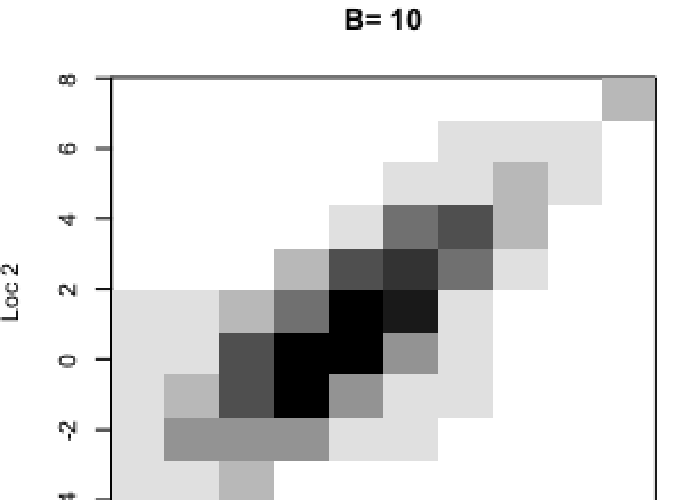Abstract
Symbolic data analysis has been proposed as a technique for summarising large and complex datasets into a much smaller and tractable number of distributions – such as random rectangles or histograms – each describing a portion of the larger dataset. Recent work has developed likelihood-based methods that permit fitting models for the underlying data while only observing the distributional summaries. However, while powerful, when working with random histograms this approach rapidly becomes computationally intractable as the dimension of the underlying data increases. We introduce a composite-likelihood variation of this likelihood-based approach for the analysis of random histograms in $K$ dimensions, through the construction of lower-dimensional marginal histograms. The performance of this approach is examined through simulated and real data analysis of max-stable models for spatial extremes using millions of observed datapoints in more than $K=100$ dimensions. Large computational savings are available compared to existing model fitting approaches.
